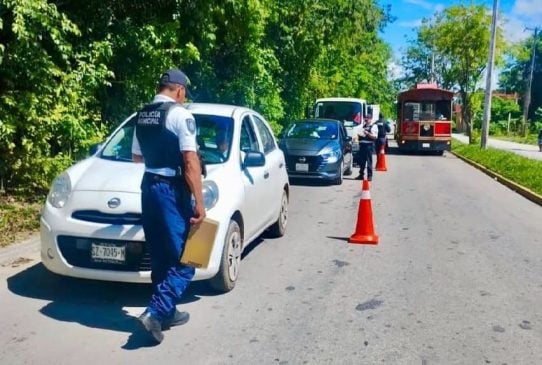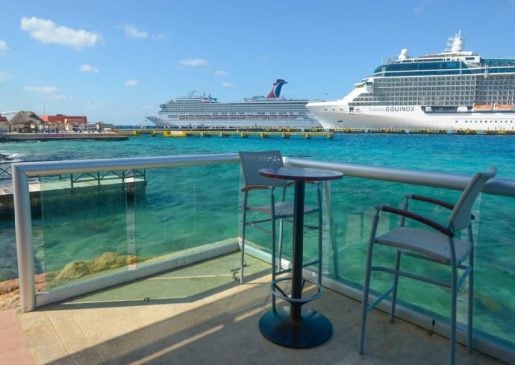Cozumel, Q.R. — The Biocultural Itinerary of Cozumel is seek the recognition of Best Practices before Unesco. According to the INAH, the project was announced during the Intersectoral and Technical Meeting on Best Practices and Underwater Cultural Heritage.
The National Institute of Anthropology and History (INAH) says the route will prioritize the dissemination, enjoyment and responsible access to the island’s heritage, which ranges from prehistory to the 20th century
In order to make visible and safeguard the heritage of this Mexican Caribbean island, the “Yucatan Peninsula Nautical and Underwater Route” was presented. The island will seek to propose itself to the United Nations Educational, Scientific and Cultural Organization (Unesco) to obtain the distinction of Best Practices.
Authorities of the federal Ministry of Culture, through the National Institute of Anthropology and History (INAH) and the Sub-directorate of Underwater Archeology (SAS), reported that the initiative derives from a global trend regarding the democratization of the island’s heritage.
According to the head of the Yucatan Peninsula Office of the SAS, Helena Barba Meinecke, the eventual recognition of Best Practices would make Cozumel the spearhead of a project that will seek, in the long term, to integrate other terrestrial and underwater sites of the peninsula.
The itinerary presented includes 15 heritage sites on the island of Cozumel between underwater contexts, archaeological assets, museums and natural formations.
“Cozumel has a vast biocultural heritage that goes from prehistory to the 20th century, and that long chronology is what we have integrated into the itinerary,” Barba said.
Started in 2022, the project joins the wishes of the INAH, the National Commission of Protected Natural Areas and the Cozumel City Council, with the purpose of consolidating a route that regulates and optimizes public visits to the sites that are frequented by tourism diving, such as the wrecks of the ships Laguna de Mardinga and Xicoténcatl, which date from the 19th and 20th centuries, respectively.
In addition to providing a better experience for tourists, the regulation will also emphasize adequate protection and responsible access to underwater contexts and surface sites such as Cueva Aerolito and the archaeological zones of San Gervasio and El Cedral.
“Care will be taken that the route is of equal access, meaning that it does not prioritize diving, but that it brings heritage closer to all people,” Barba pointed out, referring to the fact that, as part of the initiative, it is contemplated to make use of technologies such as virtual and digital platforms.”
She said that temporary exhibitions or the Museum of the Island of Cozumel itself, recently renovated in its museography with the participation of INAH specialists, to bring submerged sites to people with disabilities, the elderly and the public that does not practice diving.
“Publicizing this project within the framework of this intersectoral meeting allowed us to join forces with the various levels of government and even internationally,” she said.
Currently, work is being done on the Cozumel biocultural itinerary Management Plan with a view to presenting the candidacy during the UNESCO Convention meeting to be held next year and another in 2025.


